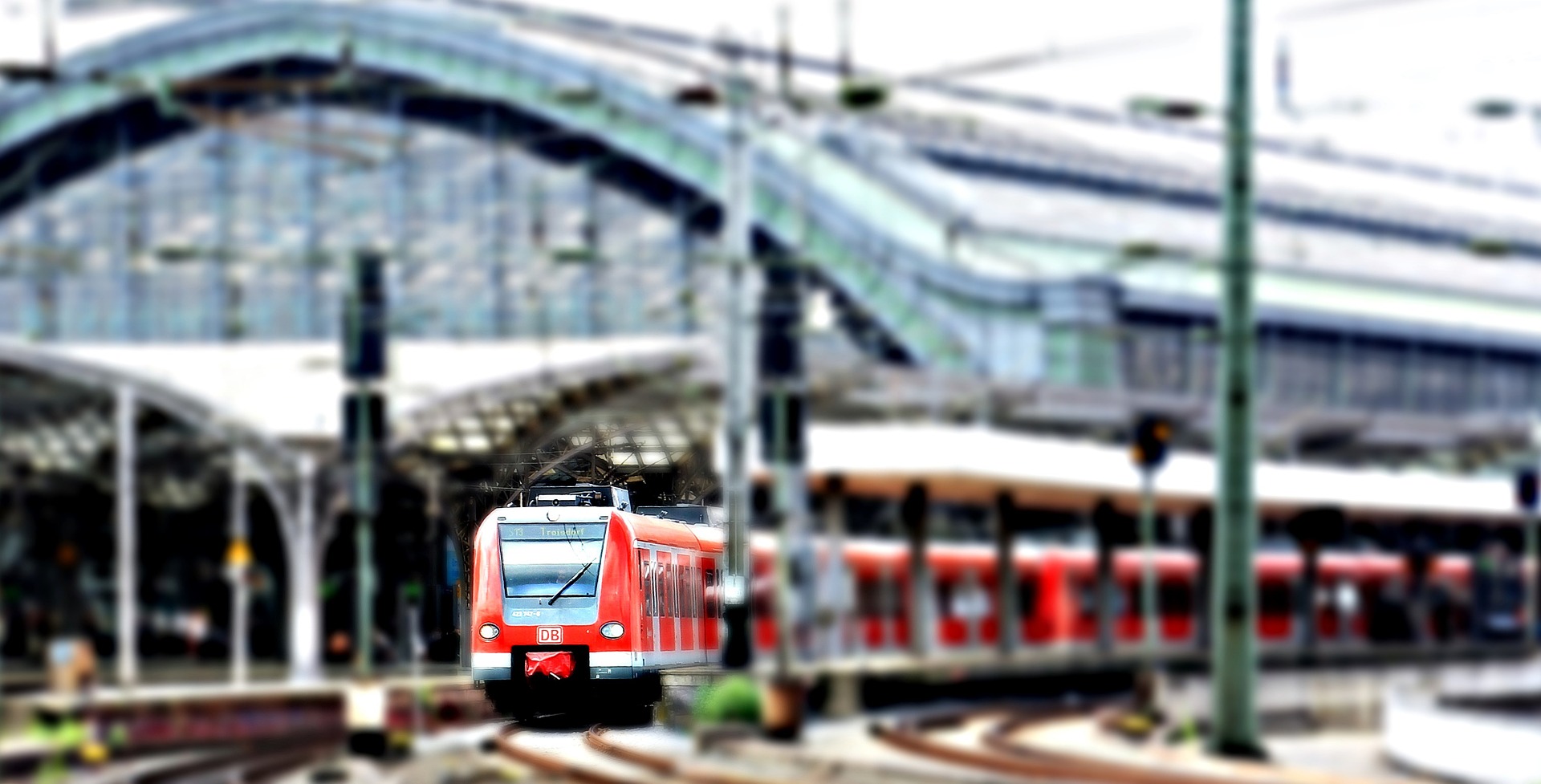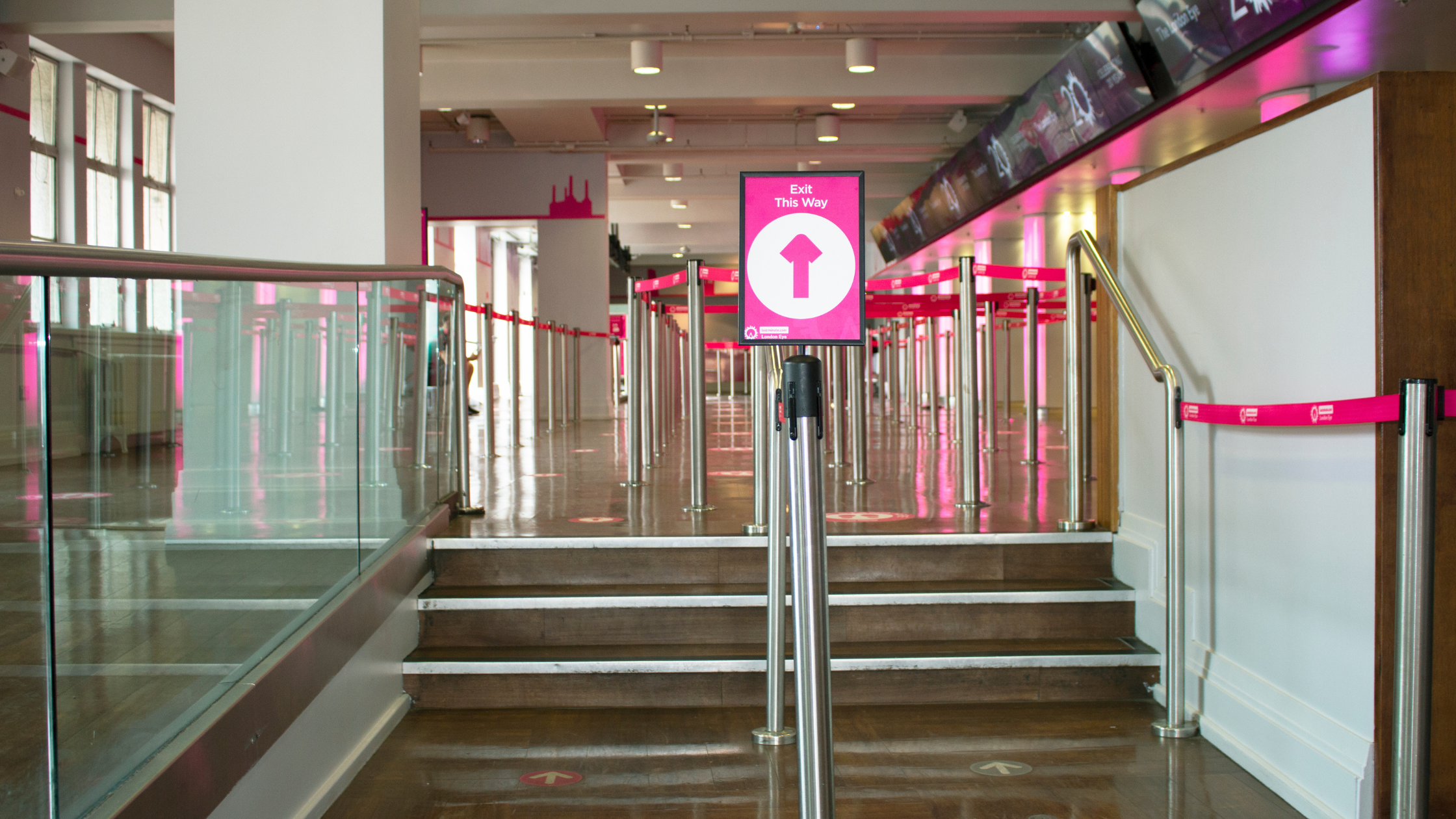- Home
- Sectors
- Solutions
- Tensabarrier®
- Tensamedia® Wayfinding and Signage
- Lawrence® Post & Rope
- Tensator® Airport Passenger Guidance System
- Electronic Queuing – eQ™
- Tensaguide® Modular Barrier System
- Tensator Micam Protection – TMP
- Safety Solutions
- Access Control
- In-Queue Merchandising
- Virtual Queuing – VQMS
- Tensator® Virtual Assistant
- Custom & Bespoke Solutions
- Resources
- About
- Contact Us
- Shop
 English (English)
English (English)
15
May

Managing the large flow of traffic across your bus depot, train station or airport can be a challenge, especially when you consider that you need to do so safely and efficiently, 24/7. Even at your quietest times, footfall can quickly build up into long queues if not properly managed.
Attempting to manage crowd control manually is a significant drain on staffing and resources. In many instances, such as at large airports or central train stations, it’s simply unfeasible. Fortunately, a range of innovative solutions exists today to help you keep control.
To improve queue management, stay compliant with Health & Safety regulations, and deliver a better experience for your customers, here are four effective solutions to crowd control in transport hubs.
1. “Form an orderly queue”
The presence of barriers promotes a sense of order. It indicates to travellers exactly where to wait and how to progress towards checkouts, service desks or other points. As such, barrier systems continue to be a popular choice for queue management and crowd control.
When it comes to solutions, our Tensabarrier® has a specific design to prevent visitors from jumping the queue. At 970mm / 38” tall, its height makes it more challenging to go over or under than industry-standard barriers, while an anti-tamper fastening prevents the webbing tape from being pulled out of the stand (accidentally or otherwise). It’s also less likely to catch on hanging clothing or bags and harder to knock over due to its low centre of gravity.
2. Be ready to change your queue layout
A well-planned route directs passengers to their destination in the most efficient way. Often that’s the shortest route, but it might be one that actually slows passengers down until they can be accommodated in a different area.
A solution like the ShortcutQ is ideal for changing passengers volumes because it can be opened by staff when a long layout meant for larger numbers isn’t needed. Passengers can be allowed through to the end quickly, keeping the flow moving and increasing customer satisfaction.
3. Create a safe environment
Although a large number of people can be a hazard in itself, it’s important to make sure that any spaces they’re passing through don’t present extra dangers. When damage (or spills) occur, it’s important to block off the area as soon as possible. Safety barriers or cordons are vital: a visual warning such as a sign is important, but a physical cordon is even more effective at keeping customers safe. The same goes for roping off work and repair areas, protecting workers from trips and falls that could cost you money.
Tensabarrier® is the safest retractable barrier on the market: it retracts 2.5 seconds slower than competitors and drops to the ground first, avoiding impact with bystanders. Other Tensator solutions include impact protection barriers that flex on impact and Tensator® Micam protection (TMP), which protects walls from damage by trolleys, vehicles and other traffic.
4. Managing customer expectations
Whether they’re waiting at a coach station or queuing for their boarding pass, your customers likely know they’re going to be standing around for a while. You probably won’t be able to make them happy about this, but there’s a lot to be said for making sure they’re not unhappy. A dissatisfied or impatient crowd is going to be much more difficult to control.
At the end of the day, managing your customers’ expectations is often about influencing how they perceive a situation. Follow these key queue management tips to create a low-stress travel experience and leave customers feeling positive:
- Keep them informed
Not knowing what’s going on can be a major source of stress. There are queue management options designed to give guests essential information – for example, signage that can be mounted on barriers. - Keep them entertained
In a stressful situation, distracting yourself is one of the best ways to cope. Distract guests from their queuing time and put them in a positive mood with in-queue entertainment (for example, IN-Q TV). - Show them the progression of the queue
Our eQ™ electronic call forward systems can cut waiting times by up to 30%. Guests are called forward as soon as an agent or till is free, so there’s no need to worry over picking the fastest-moving line. It’s an efficient way to manage crowds as it keeps the queue moving.
How will you manage crowds at your transport hub?
Crowd control shouldn’t be an afterthought. Aside from delivering a better, less stressful experience for the people moving through your transport hub, effective crowd control management is essential for ensuring you stay compliant with current Health & Safety regulations.
The variety of queue management solutions explored here give you numerous ways to maintain order, reduce travel stress and even entertain visitors as they wait, so that their experiences are positive — no matter how large the crowd.




